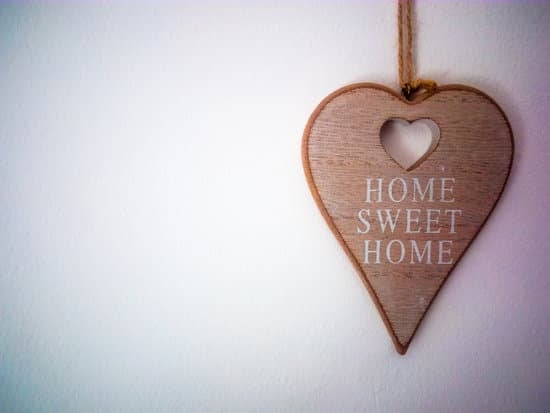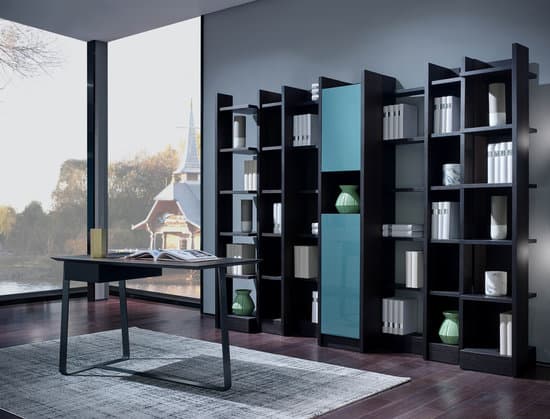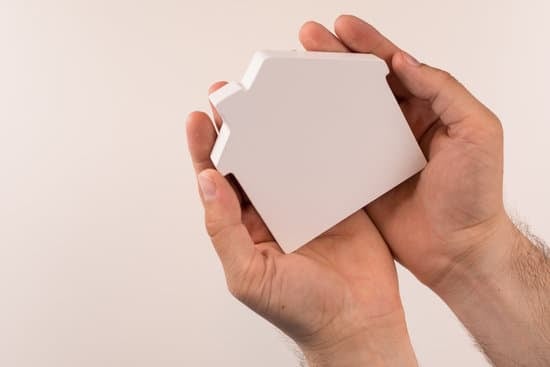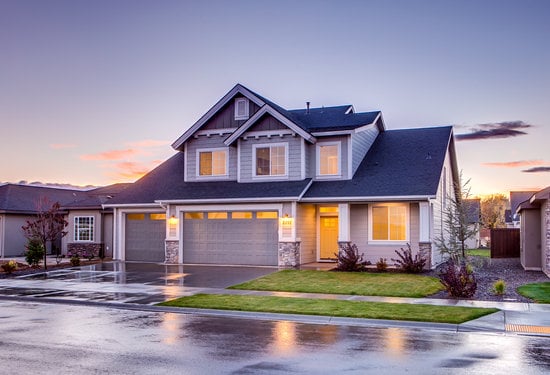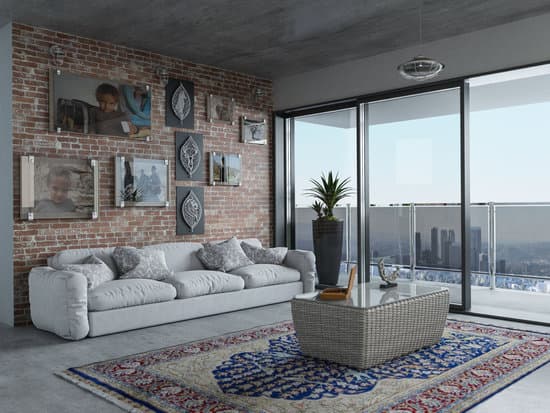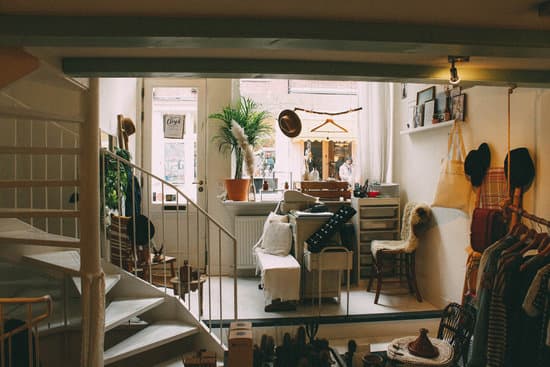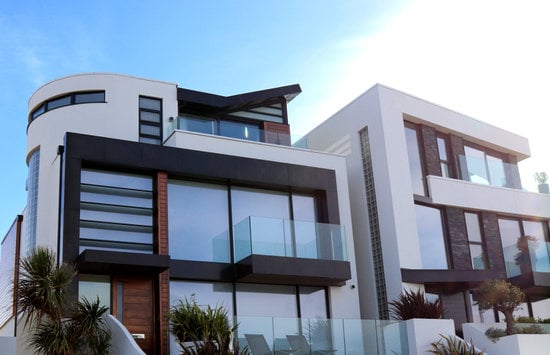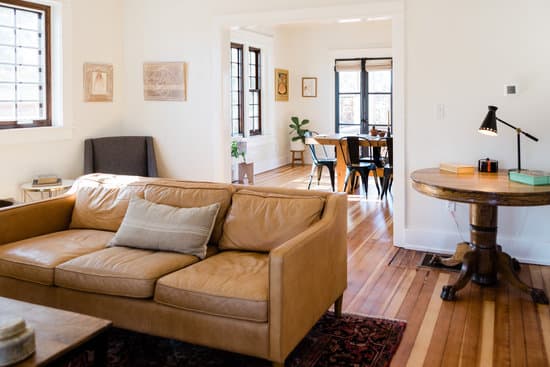What are the Elements of a Victorian Bathroom?
Victorian bathrooms are often associated with a sense of elegance and luxury. This design style emerged during the Victorian era, which spanned from 1837 to 1901. During this time, indoor plumbing became more prevalent, and people began to see the bathroom as a place of relaxation and rejuvenation. Here are some of the key elements that define a Victorian bathroom.The Purpose of Victorian Bathrooms
The primary reason for the Victorian bathroom was to provide a comfortable and relaxing indoor bathing experience. In many cases, this was a luxury that only the wealthy could afford. However, as indoor plumbing became more common, more people were able to enjoy the benefits of a Victorian-style bathroom. Victorian bathrooms were often designed to be a private sanctuary where one could escape the stresses of daily life. It was a place to unwind and indulge in self-care. The design elements were carefully chosen to create a soothing atmosphere that would help people feel at ease.Signature Features of Victorian Bathrooms
When it comes to a Victorian bathroom, there are a few signature features that are essential to the look and feel of the space. These include:- A clawfoot bathtub
- A pedestal sink
- Exquisite tile work
- Large, ornate mirrors
- High ceilings and large windows




